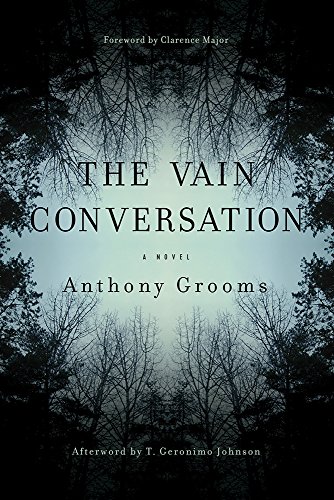The Vain Conversation
The Vain Conversation is based on a lynching: in 1946 two African-American couples, including a pregnant woman, were brutally murdered in Walton County, Georgia by a white mob. The perpetrators were never identified.
The novel opens in rural Georgia after World War II, when Lonnie, a poor, blackberry-picking white boy, watches a white mob torture and murder four African-Americans, including his father’s best friend, Bertrand, an educated, compassionate man who has returned from the war outraged that “Nazi POWs were treated better than colored soldiers.” For the rest of his life, Lonnie will struggle with helpless guilt for his unwitting role in what was locally called “the incident.” The story is told in the voices of Lonnie, Bertrand, and Jack, a lonely white landowner complicit in the murder yet deeply conflicted by the racism around him.
Flawed and troubled, all three characters are drawn with insight and compassion. Grooms writes of the South with deep love for a rich and fertile land bedeviled by a history as tangled as kudzu. While asking and stubbornly refusing to answer fierce questions of race, class and gender in America, The Vain Conversation yanks the reader into the characters’ yearnings, tormented loves, and struggles to redeem their pasts. While the “vain conversation” between white and black Americans is not resolved, and some passages read as position statements, the novel is a powerful dramatization of this country’s long road toward social justice. Readers should expect racially and sexually charged language and vivid descriptions of lynchings.










